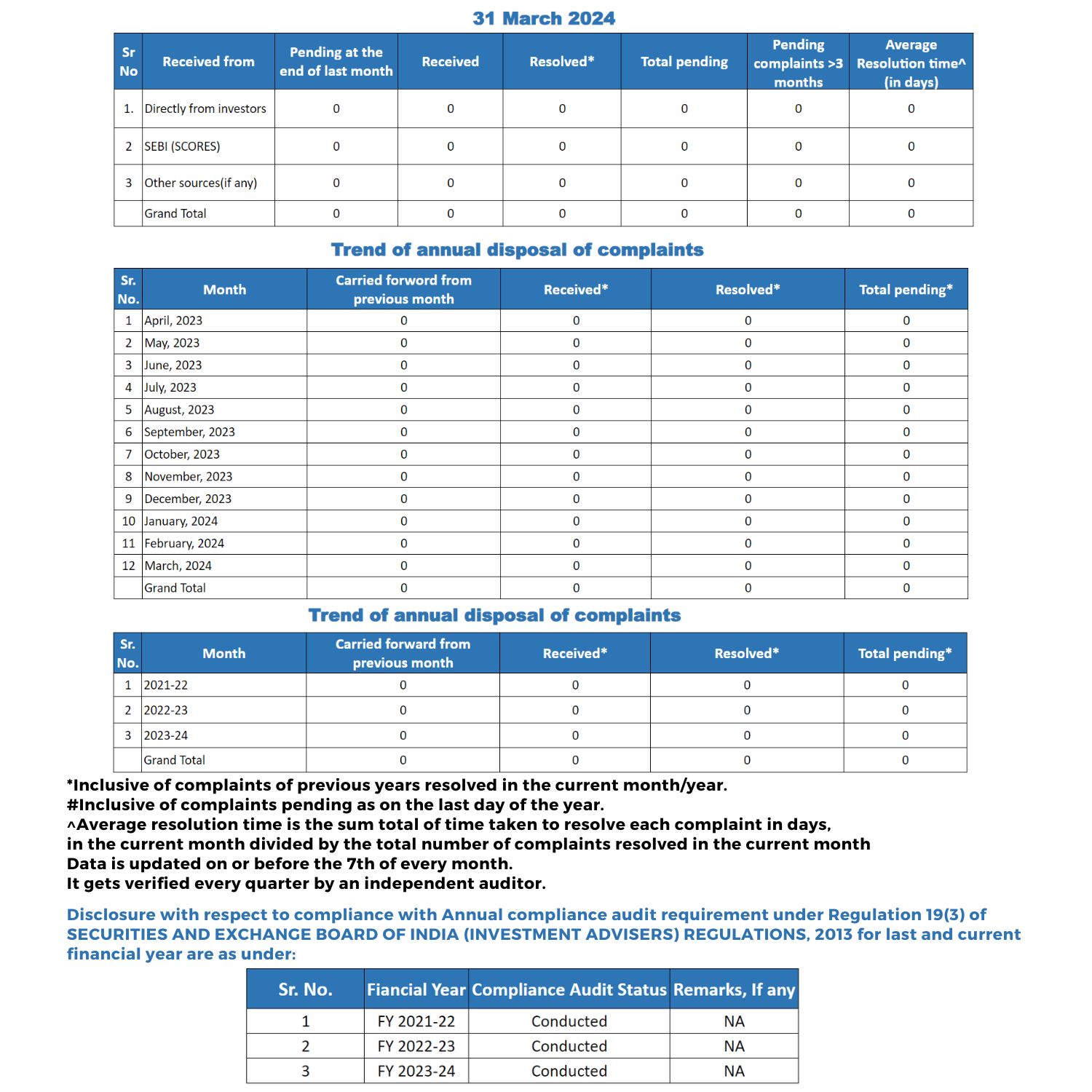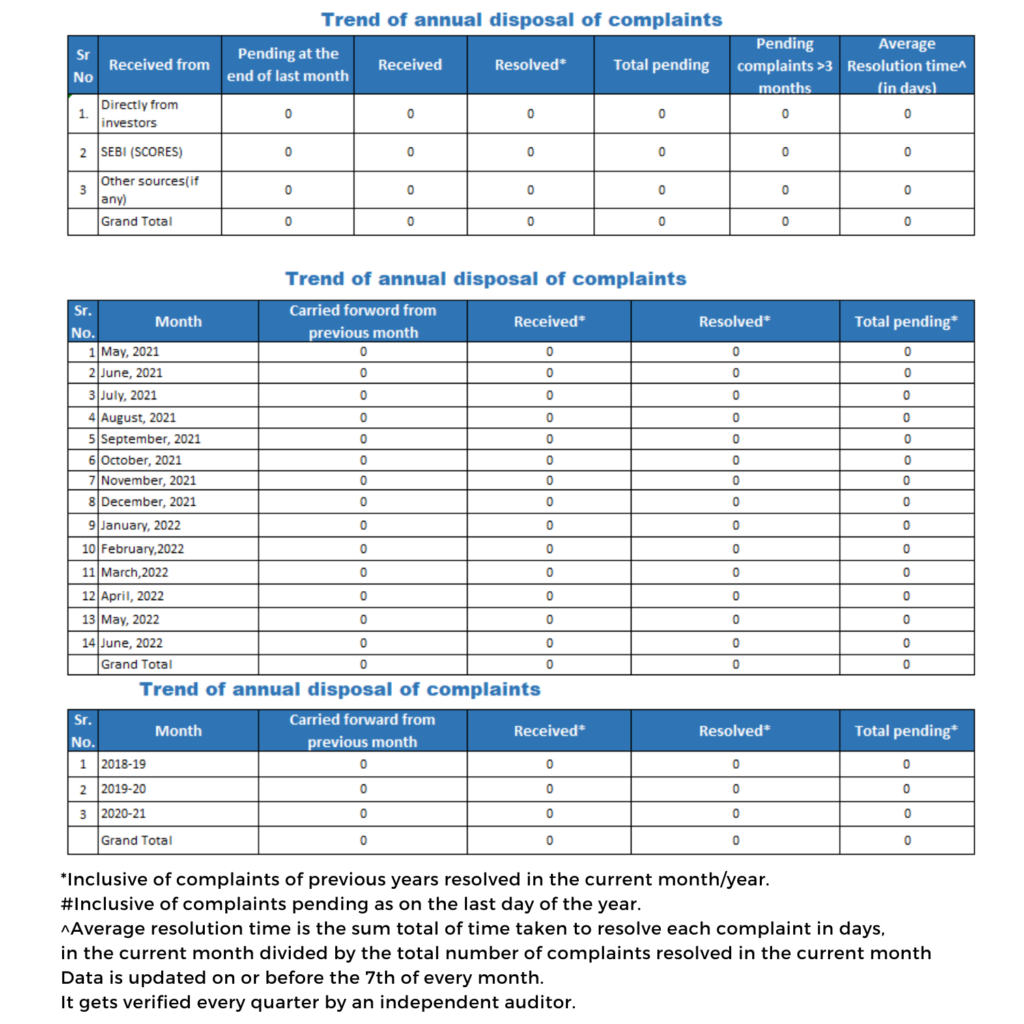
What is the rich people’s investment strategy?
The nutshell of investment is how fast doubled your money and, what was the initial investment? A rich Guy before making any investment looks at
In the 1950s, individuals dominated trading. Now institutions with nearly unlimited resources make up 90% of daily trading volume. There are ever increasing 325,000 Bloomberg terminals and 120,000 Chartered Financial Analysts. Technology and the explosion of information have leveled the playing field.
John Meriwether founded LongTerm Capital Management in 1994. For 2 decades before LTCM he earned a reputation as head of the fixed income arbitrage group and vice chairman at Salomon Brothers.
Meriwether had taken it upon to hire the best. He is taunted to have set up a sort of underground railroad that ran from the finest graduate finance and math programs directly onto the Salomon trading floor. – If you are PhD or genius from ivy league, you end up at salomon brothers. Meriwether was stealing an entire generation of academic talent.
Meriwether launched Long Term Capital Management with two giants of financial academia.
It should be clear by now that the resumes at Long Term Capital Management were truly second to none.
In a Fortune article, Carol Loomis said, “There may be more IQ points per square foot than in any other institution extant.”
Scholes once described themselves as “Not just a fund. We’re a financial technology company.”
The minimum investment at LTCM was $10 million and their management fees were 2% fixed charges and 25% Profit share
Long Term Capital Management opened their doors in February 1994 with $1.25 billion, the largest hedge fund opening ever up until that point in time.
Result?
Their returns were high and steady, with their worst losing month being just a 2.9% decline. It seemed too good to be true.
In the fall of 1997, Robert Merton and Myron Scholes both were awarded with the Nobel Prize in Economics.
Big results breeds big envy, and eventually, every trading secret gets out. Everyone else started catching up to them. Opportunities would vanish as soon a they present themselves.
At the end of 1997, after a 25% gain, they made that HUGE decision to return $2.7 billion of capital to their original investors.
when they returned $2.7 billion, they did not take down their position sizes, so their leverage went from 18:1 to 28:1
At one point, they had $1.25 trillion in open positions and they were levered 100:1
In May 1998, as the spreads between US and international bonds widened more than their models anticipated. That is when Long Term lost 6.7%, their worst monthly decline up until that point.
In June 1998, the fund fell another 10%
In August 1998, as oil export fell, Russian stocks were down by 75% for the year. Short term interest rates skyrocketed to 200%. And then the wheels fell off for Meriwether and his colleagues. All the brains in the world couldn’t save them from what was coming.
In August 1998, they calculated that their daily VAR, or value at risk (how much they could lose), was $35 million.
August 21, 1998, they lost $550 million !
By the end of the month, they had lost $1.9 billion.
Intelligence combined with overconfidence is a dangerous recipe when it comes to the markets.

Btech in Information Technology followed by an PG in Financial engineering & Risk Management from National Institute of Securities Markets. Certified Investment Advisor XB, FRM (USGARP) .

The nutshell of investment is how fast doubled your money and, what was the initial investment? A rich Guy before making any investment looks at

Introduction Let me give it straight to you. Today is October 2022. Wipro is 40% down from its all time high. I am going to

Inflation going up forces banks to raise interest rates. Higher interest rates causes bond prices to fall.But inflation was never an issue since past 30

It is not hidden from anyone that the IT sector is one of the most crucial sectors of the Indian industry as well as one
Post expense ratio and churning, Mutual Fund cannot achieve your financial goal.
60% of entire Mutual Fund Industry money is invested in just top 9 Nifty stocks. 10% goes to HDFC twins.
MF Direct Plan against expensive regular way
We are Zero Fixed fee. Buying Direct equity is close to zero cost nowadays. You can mimic MF via equity, for free.
50 Lakhs to Portfolio Management Service (PMS)
No minimum Balance with us. We can mimic the best PMS in market.
Giving Power of Attorney (POA) to anyone
Execute Yourself. We just provide you with advise and guidelines. No POA involved.
Every person is different. Let us not dis-respect your hard earned money with senseless automation.
We personalise our service for you.
We guide you via email. You can get the investment executed form your broker.
We do not touch your capital.


Moneydhan Investment Advisory India LLP
SEBI Registered Investment Advisers Registration No. INA200016193 (Type of Registration- Non-Individual, Validity of Registration- Perpetual)
7/433, Alumavunchodu, Thankalam, kothamangalam, kochi, Ernakulam, KERALA, INDIA – 686691
Contact No: 91 8480005564,
Email: sujith@moneydhan.com
Principal Officer: Mr. Hardeep Shantaram Korde, Contact No: 91 8480005564, Email: moneydhanadvisor@gmail.com
Warning: Investments in the securities market are subjected to market risks. Read all the related documents carefully before investing.
Disclaimer: Registration granted by SEBI, membership of BASL (in case of IAs) and certification from NISM in no way guarantee performance of the intermediary or provide any assurance of returns to investors. The securities quoted are for illustration only and are not recommendatory.

